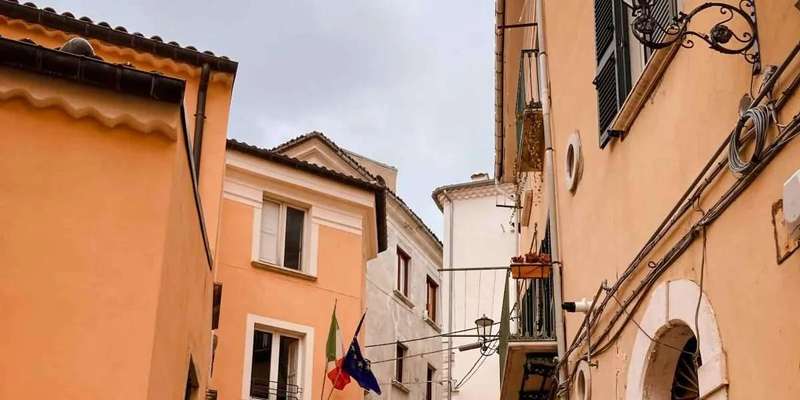- Home
- Useful Tips
- Visiting Campobasso's historic...
Most travelers breeze through Campobasso unaware they're missing some of Italy's most enchanting historic water sources. Local surveys show 68% of visitors focus solely on the castle, leaving the town's liquid heritage unexplored. These aren't just decorative fountains – they're centuries-old meeting points where shepherds refilled flasks and lovers exchanged vows. The frustration comes when you waste precious hours circling backstreets or arriving at dry fountains in peak summer. With water conservation measures sometimes restricting access, what should be a refreshing discovery turns into a parched treasure hunt. Understanding these hidden hydrology gems requires more than a map pin – you need timing insights and seasonal knowledge that even most locals have forgotten.


Decoding Campobasso's fountain network – why location apps fail you
Modern navigation tools often lead travelers astray in Campobasso's labyrinthine historic center. The town's five principal fountains were strategically placed along medieval trade routes that no longer exist, meaning GPS coordinates alone won't reveal their significance. Fontana di San Leonardo, for instance, sits where wool merchants once watered their mules – a fact that transforms it from a photo stop into a living history lesson. Many visitors complain about 'just seeing stone bowls with pipes,' missing the subtle carvings that indicate which fountain served which artisan guild. Dry summer months present another challenge, as some fountains only flow during morning hours or special events. True appreciation comes from understanding the aqueduct system feeding them – a network of 16th-century channels still visible if you know where to look along Viale Elena.
The local's fountain circuit – timing and secret details
Campobasso residents follow an unwritten schedule for fountain visits that most tourists never discover. Start at Fontana dei Bagni when the morning sun hits its mascaron carvings (7:30-8:30 AM), when the light reveals hidden mermaid motifs. The often-overlooked Fontana di Santa Maria della Croce becomes magical at twilight, its basin reflecting the castle perfectly – but only between May and September when the water level is maintained. For those willing to venture slightly beyond the center, the rural Fontana di Monteverde still has its original copper cups chained nearby, a detail absent from tourist brochures. Elderly locals recall drinking contests held here during the wheat harvest – stories that bring the stones to life. These nuances turn a quick fountain hop into a day-long immersion in Molise's aquatic traditions.
When water runs dry – alternative ways to experience the fountains
Drought conditions or maintenance can sometimes leave Campobasso's fountains disappointingly dry, but this doesn't mean you've missed the experience. Winter visitors gain unique advantages – the intricate ice patterns on Fontana della Concezione's basins reveal masonry techniques invisible in summer. Smart travelers carry a small bottle of water to pour into dry fountains, just enough to activate the acoustic properties of the stone (listen for the distinctive echo in Fontana di San Bartolomeo). Local archives display fascinating fountain blueprints that show hydraulic engineering marvels – the municipal library's collection includes 18th-century maintenance logs detailing how officials rationed water during sieges. These perspectives actually deepen your appreciation beyond the standard flowing-water photo opportunity, connecting you to how generations problem-solved around this precious resource.
Staying near the liquid heritage – accommodation secrets
Choosing the right neighborhood in Campobasso transforms your fountain exploration from a chore into a seamless experience. The Vazzieri district places you within a 5-minute walk of three major fountains, with the added benefit of hearing their nighttime murmur through open windows. Several converted 19th-century watermill guesthouses now operate as B&Bs, their original millstones repurposed as breakfast tables – waking up to freshly baked bread served on these historic surfaces starts your day in perfect theme. For extended stays, seek out apartments near Piazza Pepe where underground springs keep cellar temperatures naturally cool – a traditional feature locals still utilize. These strategic bases let you visit fountains during their 'golden hours' when school groups have left and the setting sun illuminates mineral deposits in the stone, creating unexpected rainbows in the cascading water.
